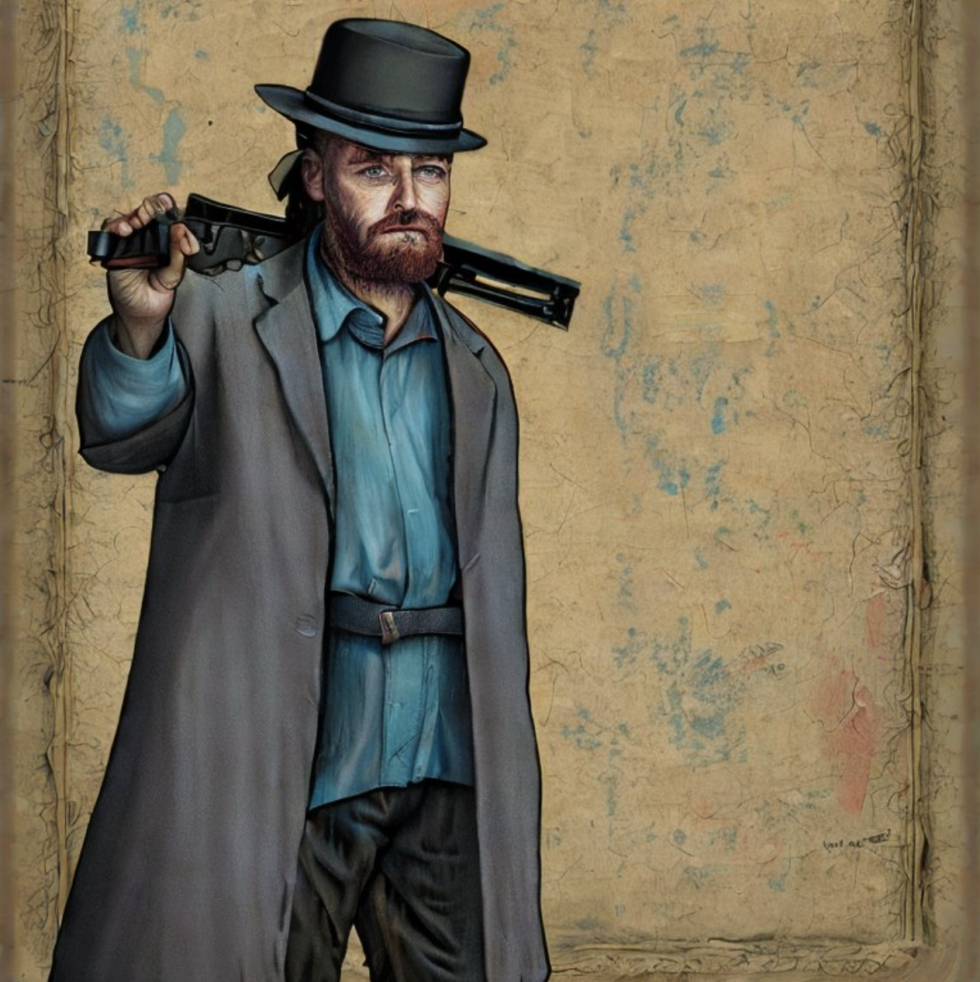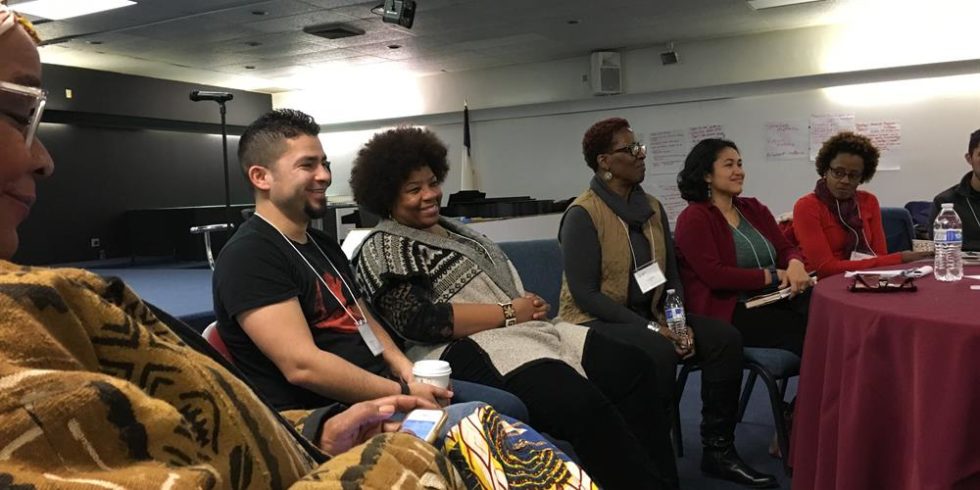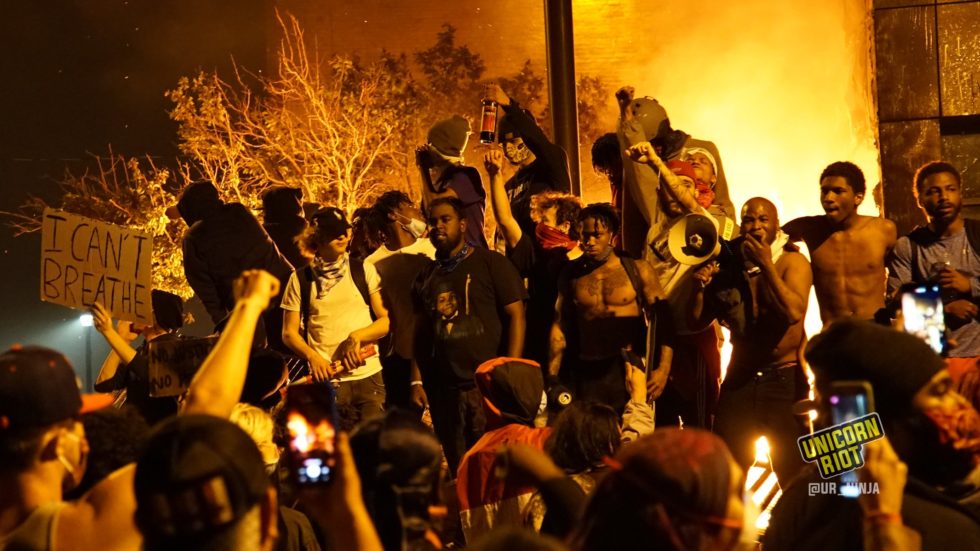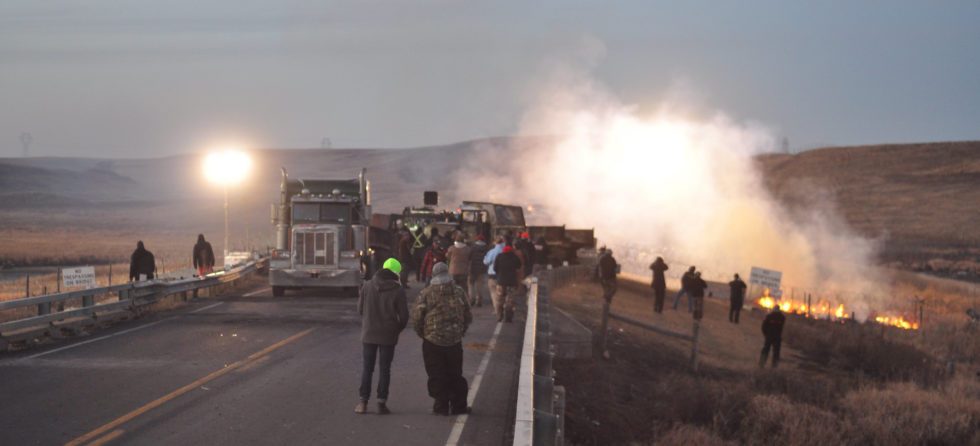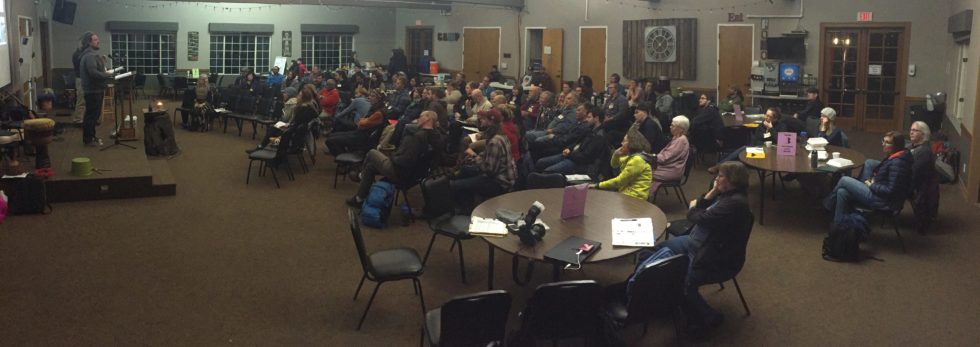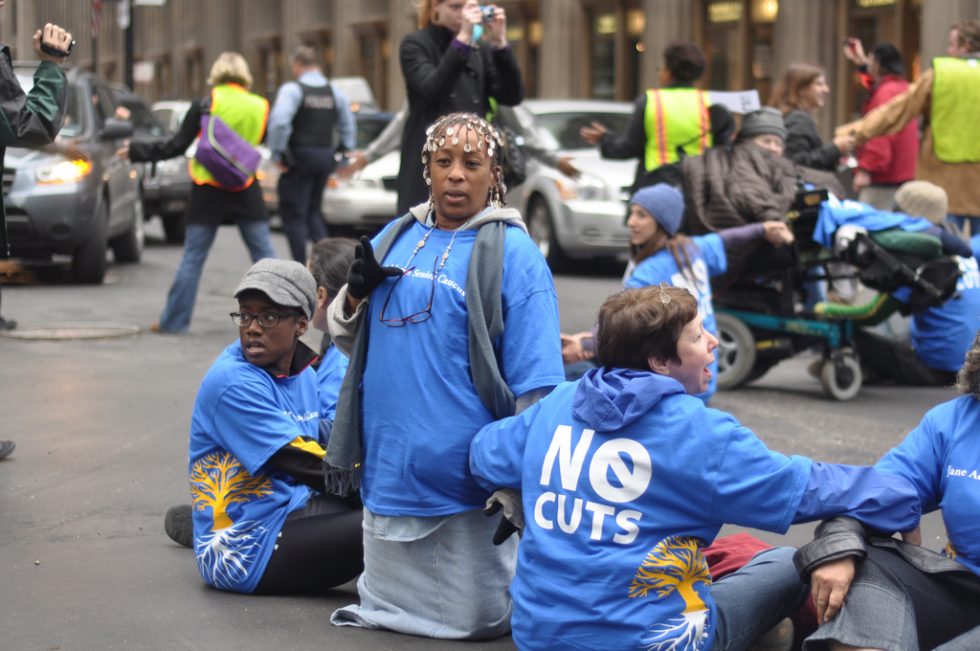This poem was written two and a half years ago when I heard of the assasination of Michael J Sharp in the Congo. This poem previously published here. MJ was a contributor here on YAR for a few years. You can read his blog posts here.
Lima Bean Eulogy
We planted lima beans the morning after
villagers found MJ’s body.
The rotund little green dumplings
nestling to the damp earth
He nestled in a shallow grave with Zaida and Betu
along the road from from Bukonde to Tshimbulu in Kasai.
In a few weeks those dumplings will bust up, burst out
and wind their way above our highest hedges.
So this is what it feels like when a friend
(smiling smart blackjack shark, wisecracking lark, goofball genius, fingernail biting adventurer, rainbow vacuum salesman, globe-trotting strategist, adorable hunk, creative critical mind, mass grave documenter, consummate UN professional, Johnny Walker philosopher, lock picking ninja, Mennonite golden boy, rebel leader networker (at church), slightly bespectacled gadget nerd (according to the New York Times if you trust them), loyal comrade, Hot Doug’s line-waiter, burnt out social justice warrior, charismatic conversationalist, noble old soul, pugnacious puppy trainer, binge watching Netflix enthusiast, reconciliator, frequent flier, subversive prankster punk, bright brave peace worker, canny researcher, francophone fish, dummie teller, smooth talking soccer jock, sarcastic lover, humble impresario, fast talking militia deserter recruiter, board game geek, persistent investigator, fiercely independent expert, earnest-really-doing-that-swords-to-plowshares-thing-we-all-talk-about-doing-in-a-way-that-makes-us-feel-a-little-awkward-but-we’d-never-admit-it type, tuxedoed porsche driver, cherry eating long-distance trekker, bantering buddy, authoritarian undermining report writer, box free thinker, charming diplomat, cool calm calculated political operator, lovable troublemaker and texas hold-em chip supplier)*
becomes a seed.
*Thanks to all of you who have contributed to this compilation of memories of MJ on social media and elsewhere over the past two days. Each story shines new light on his life for the rest of us. This poem is expandable. Feel free to leave your own alliterative adjective and noun pairs in the footer.


